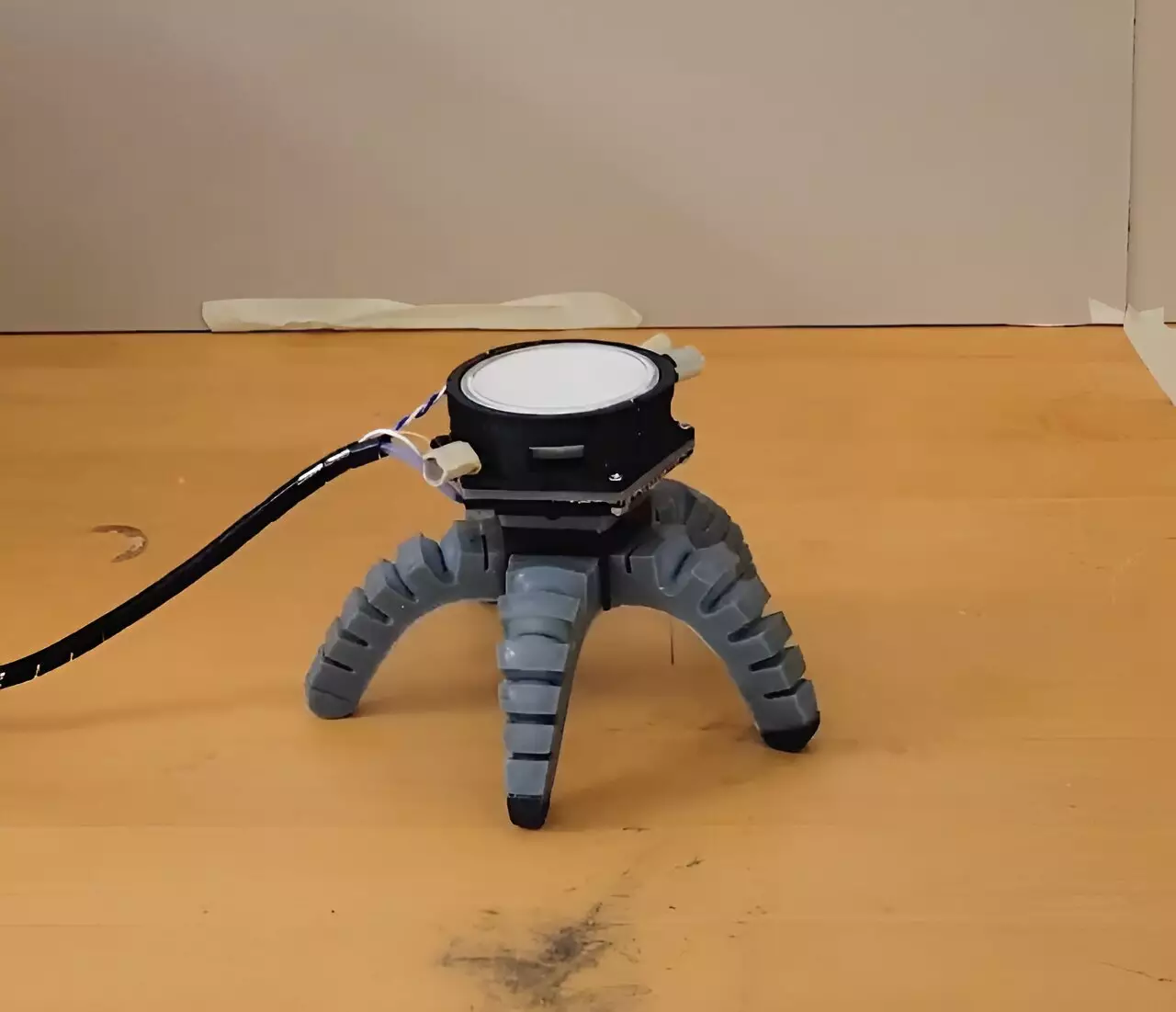In a groundbreaking study, researchers at Cornell University have pioneered a fascinating approach to robotics by integrating a natural biological component: fungal mycelia. This innovative technique aims to enhance the capabilities of robots, making them more adaptive to environmental stimuli. The findings, published in *Science Robotics*, suggest that mycelia could play a pivotal role in the development of “biohybrid” robots that respond more effectively to their surroundings compared to traditional robotic systems. This invitation to merge organic life with machine intelligence opens a new frontier in robotics research, highlighting the importance of interdisciplinary collaboration.
Fungal mycelia, the vast underground networks of mushrooms, possess remarkable properties that make them suitable for robotic applications. They are incredibly resilient, thriving in varied and often harsh environmental conditions. More intriguing, mycelia are capable of sensing and responding to a breadth of stimuli, including chemical variations and light changes. This versatility stands in stark contrast to conventional sensors, which typically perform single functions. Lead researcher Anand Mishra emphasizes that the integration of mycelium could revolutionize the way robots interact with their environments, allowing for more robust responses to unforeseen challenges.
Imagine a future where autonomous agricultural robots equipped with mycelium could assess soil conditions and decide when to apply fertilizers, thereby reducing the ecological impact of farming practices. Such applications exemplify the potential of biohybrid robots in contributing to sustainability while enhancing agricultural productivity.
The successful incorporation of mycelia into robotic systems is no easy feat, requiring expertise across multiple scientific domains. Mishra points out that the project bridges disciplines including mechanical engineering, electronics, mycology, neurobiology, and signal processing. This multifaceted approach underscores the complexity and ambition involved in marrying organic systems with robotic technology.
Collaboration played a crucial role in the study’s success. Researchers consulted with experts in various fields to confront challenges such as maintaining uncontaminated mycelium cultures—an essential step for the viability of the experiments. It takes a comprehensive understanding of both living organisms and technological imperatives to navigate this intricate landscape, a task that emphasizes the necessity for interdisciplinary cooperation in modern scientific endeavors.
Testing the Biohybrid Concept
The research team developed two distinct biohybrid robots, each equipped with mycelium interfaces: a flexible spider-like robot and a wheeled counterpart. They managed to conduct a series of experiments that showcased how these robots could utilize the spontaneous electrical signals emitted by the mycelia. For instance, the robots demonstrated the ability to adapt their movement patterns in response to external stimuli, such as ultraviolet light.
These experiments are significant not only for what they reveal about robotic capability but also for what they indicate about the intelligent design underlying biological systems. As Mishra points out, upon recording and processing the mycelium’s electrophysiological signals, the robots can translate these inputs into actionable commands, allowing them to navigate their environments with a degree of autonomy previously thought unattainable.
The project transcends mere robotics innovation; it encourages a deeper connection with living systems by interpreting ecological signals. Mishra notes that deciphering these signals can reveal insights into the environment’s health, offering a layer of interaction that is often overlooked in technology-driven fields. By visualizing the invisible signals emitted by living organisms, researchers can better understand environmental stresses, potentially leading to enhanced ecological management strategies.
The implications of integrating mycelium in robotics extend well beyond the laboratory. As this technology matures, the potential applications in fields such as environmental monitoring, agriculture, and even healthcare are substantial. The ability for robots to autonomously react to the intricacies of their surroundings could mark a significant step forward in robotics and environmental sustainability.
As researchers continue to innovate the boundaries of robotics, the engagement with biological materials like fungal mycelia exemplifies an exciting shift toward biohybrid systems. This emerging interdisciplinary field holds promise for developing a new generation of robots that can sense, adapt, and thrive within complex ecosystems. By embracing the wisdom of nature, engineers and scientists are challenged to rethink our relationship with technology, paving the way for a future where robots and living organisms can coexist harmoniously, enhancing both ecological integrity and technological advancement.

